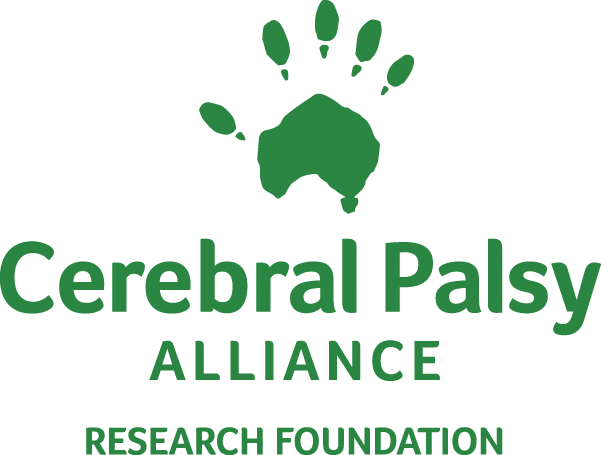
It’s Disability Employment Awareness Month — a time to shine a light on the inequities and barriers to disabled employment. CPARF proudly employs several disabled people, but this isn’t the case for many companies and organizations around the world.
One of the aims of Remarkable US, CPARF’s disability technology startup accelerator program, is to transform the future of work through tech. In the piece below, Molly Levitt, Director of Remarkable US, makes the case for creating a more accessible and inclusive work environment, and she urges us to consider how assistive technology empowers people to achieve their full potential. The following is an adapted excerpt from remarks she recently gave to a company’s recruiting team.
Building a More Accessible, Inclusive Future at Work, Part Two
By Molly Levitt
I know that technology is changing the way people with disabilities can bring their valuable insights into work. But I also understand that we’re all human. When you’re interviewing someone for a job, if you don’t know what accommodations are available, you could easily assume an applicant wouldn’t be able to do the work.
Through my work at Remarkable US, I get to see some of the most incredible assistive technology that can make your workplace more accessible. That’s why I want to share a few examples to dispel some misconceptions about who can do the required work for a role.
Misconception: One misconception that I have heard from people is that it would be challenging for someone who is blind to do a job that requires special math or tables because of the challenges that come from using a screen reader as your primary mode of information.
Reality: It is certainly more challenging if the only accommodation available is a screen reader, which reads each individual cell to you. However, there’s technology to solve this problem: a refreshing Braille display. Once plugged into your computer, it turns the words and numbers on the screen into Braille through raised pins on the display.
This technology already exists, but there are startups such as Orbit Research building Braille displays right now to provide way more information at one time, allowing blind people to access and manipulate spreadsheets and tabular data as well as special math through their fingertips.
Misconception: Another misconception that I’ve heard, is that there is a fear that Deaf and hard-of-hearing people who use sign language to communicate will not be able to hold customer-facing roles without an interpreter.
Reality: While providing an interpreter for meetings and events is important, there are assistive tech solutions that help signers interact with customers without an interpreter.
One example is a startup, Sign Speak, that uses machine learning to recognize sign language and translate it into spoken word. All that’s needed to access this technology? A smartphone or a laptop.
These are just two of the many ways assistive technology has changed inclusion for people with disabilities at work. And while this is a good thing to adopt and keep in mind, I’m sharing it with you to highlight that hiring people with disabilities is good for your business and your culture.
Disabled people are creative masters of adaptation, embracing new technologies and spotting issues — whether or not they’re related to disability — that others might miss.
And there are startups in our ecosystem that can help you include more people with disabilities in your workforce. There are companies that: help you write more inclusive job descriptions, ones that alert you about a potential employee’s accommodation requests, companies that help you onboard people with disabilities who require accommodations, and ones that can help educate you about how to speak about disability.
At its core, Remarkable aims to make the world more accessible, and the future of work is a crucial piece of our mission. That’s why I’m so grateful to share our story today and to show you that the future of tech that revolutionizes the workplace is already here. It’s right at our fingertips, and together, we can make a huge difference.
To learn more about how you can help us create a more accessible and inclusive future and support the Remarkable accelerator program, contact Molly Levitt at molly.levitt@remarkable.org
Wed 21 May 2025
Are you ready for STEPtember 2025? We’re officially in double digits — CPARF is celebrating 10 years of funding groundbreaking cerebral palsy research and driving innovation forward. And there’s no better way to mark this milestone than with our biggest, boldest STEPtember yet. Thanks to you, STEPtember has grown into a global movement that powers […]
Thu 15 May 2025
Celebrate Your Birthday with Purpose: Start a Fundraiser That Changes Lives Birthdays are for joy, reflection, and connection — and now, they can help fund groundbreaking research, fuel innovation in assistive technology, and create lasting change for people with cerebral palsy and other disabilities. Celebrate your special day by starting a customized birthday fundraiser to […]



